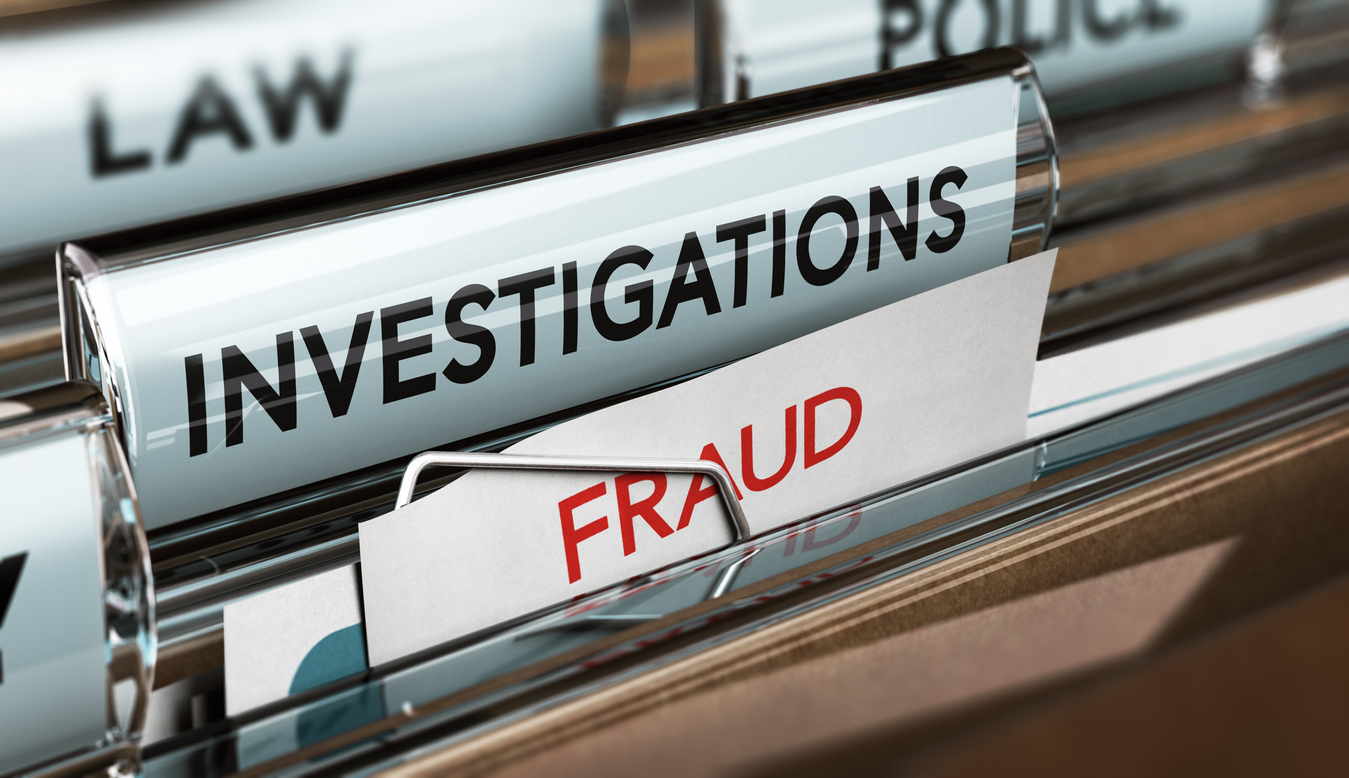While I consider myself a pacifist, as a forensic accountant, I have been occasionally referred to as a fraud “fighter”. So, in the spirit of International Fraud Awareness Week (November 13 to 19, 2022), I would like to share some insights and strategies on how you, too, can “fight” fraud by mitigating the risk of it occurring in your organization.
What is the financial impact of fraud on an organization?
Every two years, the Association of Certified Fraud Examiners (“ACFE”) publishes a report called Occupational Fraud: A Report to the Nations. In the 2022 iteration, the ACFE reviewed over 2,000 fraud cases globally, which resulted in losses exceeding $3.6B [1], with the median loss per case totaling $117K [2].
It is estimated that organizations lose 5% of revenue to fraud annually; most of the cases involve asset misappropriation (e.g. employee stealing or misusing their company’s resources), while financial statement [3] fraud is the costliest, yet least common fraud scheme. We have summarized the main categories of occupational fraud, including their median loss and frequency of cases [4]:
| Category | Median Loss Per Case | % of Cases [5] |
| Asset misappropriation | $100K | 86% |
| Corruption[6] | $150K | 50% |
| Financial statement fraud | $593K | 9% |
Why do people commit fraud?
According to Dr. Donald Cressey’s “Fraud Triangle” framework, if the following conditions exist, an individual is likely to engage in fraudulent behavior:
- Financial pressure (e.g. If I don’t alter the financial statements, the company won’t meet its growth metrics and I may lose my job).
- Rationalization (e.g. Everyone else is stealing from the company, I should be able to as well.)
- Opportunity (e.g. there is no expense report review process so I can charge personal expenses on the company’s credit card)
Based on the foregoing, it is not surprising that nearly half of the fraud cases occurred due to the lack of internal controls or the override of existing controls (i.e. referring to “opportunity”). [7]
What are some behavioral red flags exhibited by fraudsters?
Before a fraud is detected, the perpetrator may display certain behavioural traits. Below we list the eight most common red flags:[8]
- Living beyond their means
- Financial difficulties
- Unusually close association with a vendor or customer
- Excessive control issues or unwillingness to share duties
- Unusual irritability, suspiciousness, or defensiveness
- Bullying or intimidation
- Recent divorce or family problems
- A general “wheeler-dealer” attitude involving shrewd or unscrupulous behaviour
Do any of these sound like someone you work with?
How do organizations prevent and detect fraud?
To prevent and detect fraud, an organization needs to have strong internal controls along with an ethical environment (i.e. a company must be proactive in its efforts to reduce the likelihood of fraud).
By implementing active detection methods (e.g. automated transaction/data monitoring, account reconciliation, management review, internal audit, etc.), companies can greatly reduce the quantum of fraud loss and its duration when compared to a passive method (e.g. notification by law enforcement).
There should ideally also be anti-fraud control mechanisms in place, such as a hotline and fraud awareness training for employees. Fraud losses were two times higher at organizations without hotlines,[9] and 42% of frauds were detected by tips, with more than half of the tips coming from employees, which emphasizes the importance of education and training.[10]
Conclusion
While cases are being detected faster, resulting in smaller losses,[11] we can all do our part in fighting fraud by continuing to educate and train ourselves and our organizations on effective anti-fraud control mechanisms.
The statements or comments contained within this article are based on the author’s own knowledge and experience and do not necessarily represent those of the firm, other partners, our clients, or other business partners.
The figures presented in this article are in USD.
ACFE Report to the Nations, page 8
The fraudster intentionally distorts the company’s financial statements causing a material misstatement.
ACFE Report to the Nations, page 9
The percentage of cases add to more than 100% because, unfortunately, fraudsters occasionally use more than one method of stealing. For example, 32% of the cases included both asset misappropriation and corruption schemes (ACFE Report to the Nations, page 11).
Includes crimes such as a bribery and extortion
ACFE Report to the Nations, page 35
ibid, page 58: At least one red flag was identified in 85% of the cases
ibid page 24
ibid, page 4
ibid, page 18






















